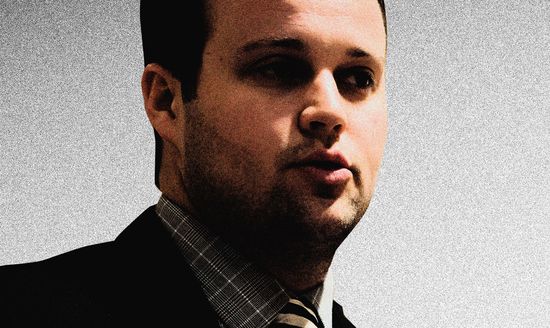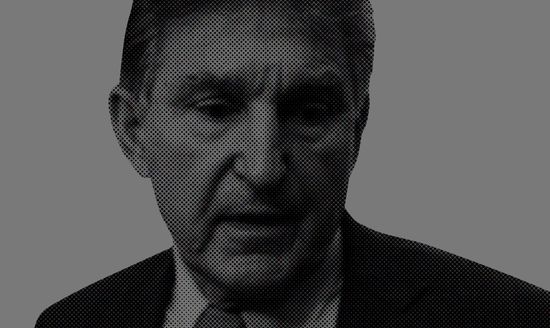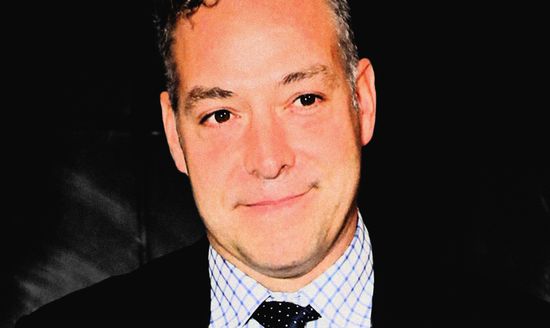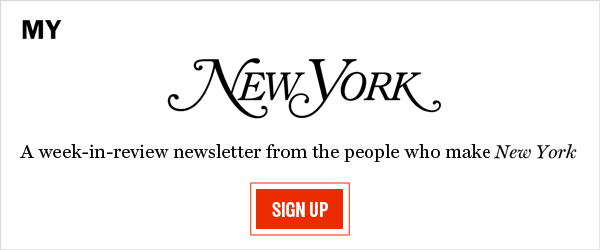| Ben: The U.S. is already dealing with about 120,000 COVID infections a day and is now facing a new wave of the Omicron variant. While this iteration of the virus may — may! — be milder than previous ones, it’s highly transmissible and could more easily break through vaccines. It’s likely to wreak havoc among the unvaccinated and is just another sign that the pandemic isn’t anywhere close to winding down. |
| Meanwhile, inflation is running very high, worker shortages are widespread, and Americans are very gloomy about the economy despite low unemployment and abundant jobs. It seems highly unlikely that any state is going back to lockdowns or other highly restrictive measures — unlike in Europe. But what could a more highly transmissible variant mean for the overall economic picture? Do you think it would just exacerbate the strange trends we’re already seeing? |
| Kevin: You’re right that, so far, there haven’t been any drastic moves by governments to impose lockdowns, but there are still some tentative reactions from companies that are looking at Omicron and deciding it is not worth the risk. I’m talking about the delays in return-to-office plans here. But this is, in a lot of ways, just status quo. The question about returning to the office affects the white-collar workers at Amazon, not so much the people who work at the fulfillment centers. |
| Omicron presents a weird dilemma for the economy. It’s new and is getting defined and redefined each day. The high transmissibility is known; the virulence is still unknown. The U.K. just had its first death with the variant, but most cases have been mild. You can see what you want to in it. |
| The high transmission rate will probably have more of an impact on the jobs that are creating some of the bottlenecks in the economy. Larry Summers posted a thread on Twitter today about the problem with viewing economic inflation solely through the supply chain, since many of the things that are driving the rise in prices aren’t stuck in ports, and I think he’s right in that it’s not a pure supply issue. The economists I’ve talked to have told me that the supply of goods and services isn’t weak. But there are problems with the number of truckers on the road getting Christmas gifts delivered. If you think of the supply-chain bottlenecks as a symptom of the broader labor-market issues — that people don’t want to take jobs that are paying less, are more likely to expose them to infection, have few child-care options, or are just more physically demanding than a person recovering from COVID can do — that seems to go a long way in explaining both the high prices on the shelves, the longer wait times for goods, and the low-grade dysfunction in the functioning of the economy. |
| Ben: The stock market is not the economy, as we all know fully well by now. But it’s been striking to see the market react to these various new waves and continued disruption from COVID. There’s usually a dip, sometimes a sharp one, followed by a rebound, and that’s what’s happened with Omicron so far. The S&P 500 hit a record high last week, and though the Dow was off a bit today, it’s been near record highs too. Why do investors remain so confident, and what does this indicate, if anything, about this strange economy we’re living in? |
| Kevin: The stock market isn’t the economy — but it is a bet on where the economy is going. I think it’s worth pointing out that, yes, even though the Dow Jones is at or near record highs, there’s also a lot of hedging going on. That means that investors are buying protection in case the market falls again, like it did the day after Thanksgiving, a sell-off that was driven by fear of Omicron. Some of that is the usual end-of-the-year stuff: Basically, investors just lock in their gains, secure their bonuses, and take the last few weeks of the year off. But if you take a look at the VIX, the so-called fear gauge, it’s still at a slightly elevated level after a major spike at the end of November and early December. |
| But so what, right? At the end of the day, Wall Street is betting more money than not that COVID is essentially over. Earlier this month, JPMorgan put out a research paper saying that, if a defining characteristic of Omicron is that it causes a mild infection, the new variant “could accelerate the end of the pandemic.” Essentially, the bank’s researchers are arguing that this could be a crossing of the Rubicon for the virus, an event marking a period when it isn’t much more than a nuisance for most people. Again, we don’t know if this is true. The long- and even medium-term effects of Omicron are still getting hashed out. But the people with money aren’t running for the exits. |
| It’s also worth putting a finger on what’s so strange about this economy. Despite the initial panic about Omicron, things are basically status quo, at least pandemic status quo. We’re in a period of high inflation, which is usually bad for companies since it erodes their earnings, but the last quarter busted records for corporate profits. Biden urged patience around responding to Omicron and took a lockdown off the table. New York’s new masking and vaccination rules are a change of degree and won’t affect people so much. On top of that, you have Jerome Powell, who looks pretty eager to take the Federal Reserve out of emergency mode. The Fed has been sucking up a lot of risk in the markets by buying up bonds and keeping interest rates low — essentially propping up an economy that had collapsed last year during the shutdown. But in pushing to wrap that up and let the markets take on more risk than they have in two years, Powell is signaling that he’s out to keep prices from spiraling out of control. The response from Wall Street has largely been good. |
| There’s also a fatalistic streak in Wall Street’s outlook on Omicron. What’s largely unspoken in this positive outlook is that you’re still going to get a lot of people who will potentially get sick, because the lower hospitalization rate will just translate to larger numbers of people in the ICU if more and more people catch the strain. In this outlook, the variant is going to spread so fast and so wide that you’re almost guaranteed to get it. And if everybody gets infected and the casualties are low, then things will largely return to normal. |
| Ben: Though, as Intelligencer’s David Wallace-Wells points out, “If a strain is doubling every three days, even if it’s only half as severe, you still hit the same number of severe cases … three days later.” Not sure that’s immediately apparent to everyone. |
| Kevin: Exactly. What’s optimistic about the Wall Street outlook is not that everyone will be happy and healthy. An investor looks around and says, “Okay, what conditions do we need to have to go back to normal and make more money, to have an economy that functions as it did?” The economy runs in normal times with lots of sick people — not a defense of the status quo, which saddles people with unsustainable levels of medical debt. So my read on this outlook is that it’s a bet that, in a very short amount of time — maybe a month or two — Omicron will wash over the world, and even though the numbers might eventually shake out to be similar, it marks a period when we can now think of it as something we live with. |
| Ben: As has been true throughout the pandemic, certain kinds of businesses are more vulnerable than others to pandemic shocks. This morning, stocks like Delta and Norwegian Cruise Line were down, presumably because industries like air travel, cruise lines (and, by extension, restaurants, movie theaters, gyms, and more) may have their marches to relative normalcy interrupted. Let’s say these sectors see another serious blow. With the government already having spent trillions and trillions of dollars on stimulus, is there any kind of fallback for them? Of course, this is a bigger concern for the café around the corner than Delta. |
| Kevin: I’m not convinced it’s a bigger concern for the café around the corner, but you’re hitting on something here, because those are two very different kinds of businesses with very different economic problems. If you own a café and you go bankrupt, your assets are an espresso machine or two, a fridge, etc., and you have to deal with a lease and whatever you might owe your vendors. All that stuff is pretty easy to deal with either through restructuring or liquidation. If you’re Norwegian Cruise Line, what are you going to do with all these boats? |
| At the start of the pandemic, the airline industry received about $25 billion in bailouts to keep them, ahem, aloft. Norwegian was able to raise money through the debt markets after the government propped up the bond markets. Compare that with Hertz. They got no bailout, then declared bankruptcy. They sold their cars. When they came back online, cars were expensive and hard to come by. This summer, the price of renting a sedan for a weekend skyrocketed. |
| So you’re looking at the odds that a company like Delta would get another bailout. It’s unlikely. |
| The Fed, as I mentioned before, is essentially trying to take money out of the financial system. And for its part, Delta isn’t exactly acting like it’s waiting for Uncle Sam. Ticket prices across airlines are competitive — according to the Bureau of Labor Statistics, ticket prices rose about 4.7 percent in November, but that’s after a few months of declines. Delta is already rejiggering its business away from cities that don’t have many flights, pulling out of three cities entirely. So if you want to fly to Lincoln, Nebraska; Cody, Wyoming; or Grand Junction, Colorado, you can’t take Delta there. Norwegian and other cruise lines are a different animal, but according to an industry news outlet, about half its fleet is operating. So the upshot here is that if they need more money, they’ll probably either borrow more money from the markets or lay people off. |
| |









